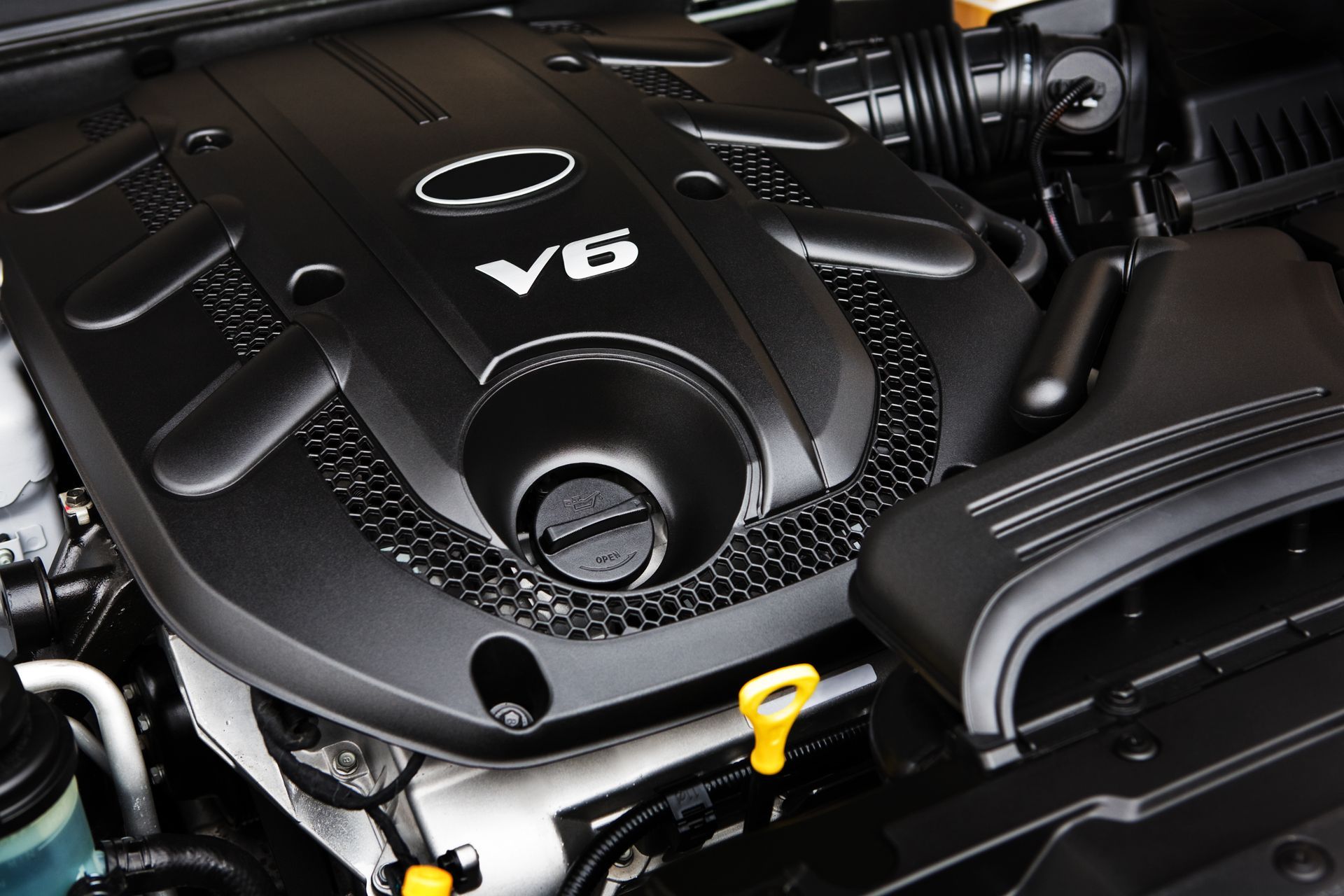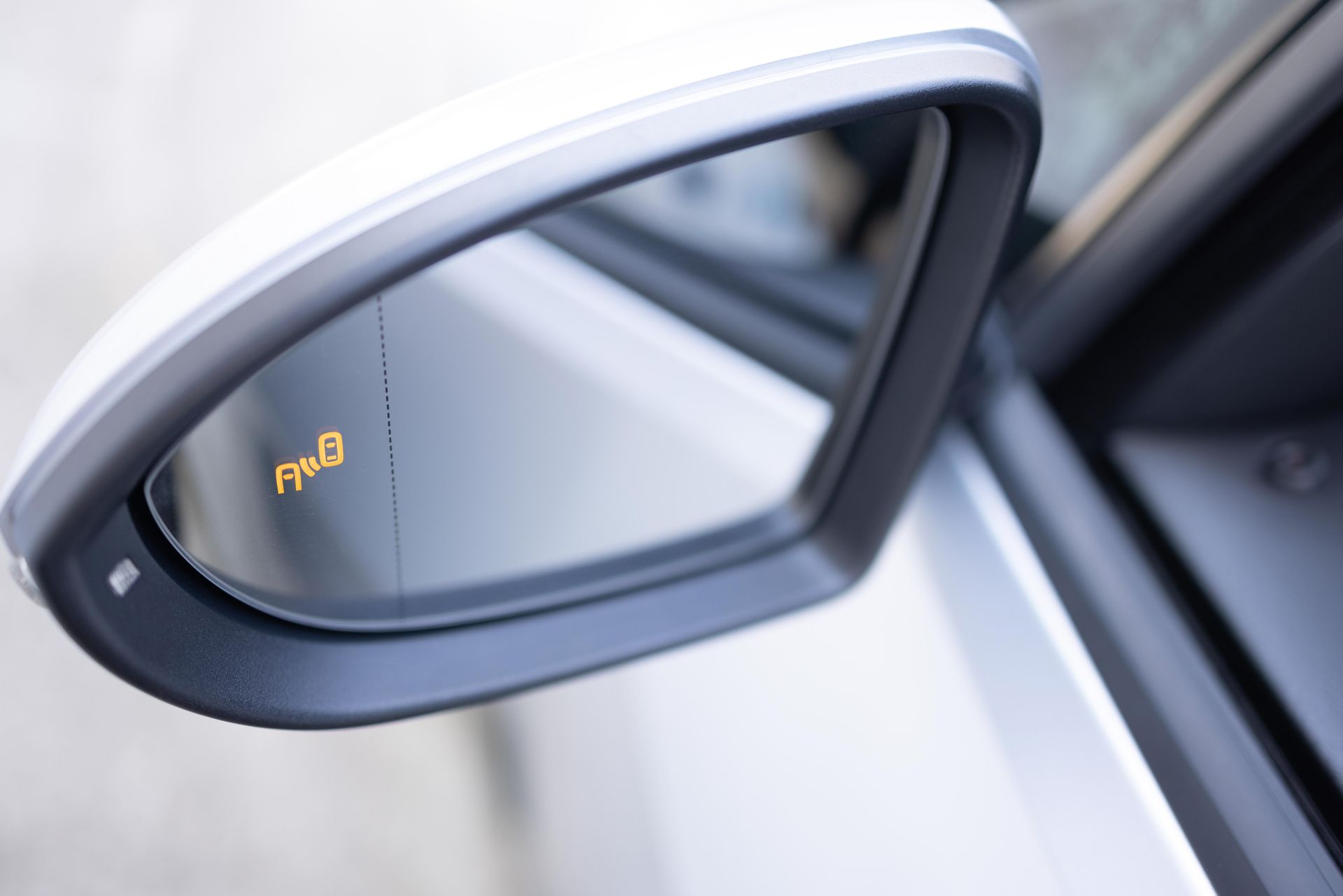Few things cause more instant concern behind the wheel than a glowing warning light on the dashboard. Whether it’s the check engine light, the ABS indicator, or something less familiar, most drivers have the same question—what does it mean, and how serious is it? This is where scan tools come in. They’re not just gadgets for mechanics; they’re essential tools that help pinpoint problems accurately and quickly.
Let's examine how scan tools work and what they do behind the scenes. Can they help remove some of the mystery from vehicle diagnostics and give you more confidence the next time a warning light pops up?
What Exactly Does a Scan Tool Do
Modern vehicles are loaded with computers. These control systems monitor everything from engine performance and emissions to braking, steering, and airbag deployment. When something goes wrong, a sensor reports it to the system, and that information triggers a warning light.
A scan tool “plugs in” to the car’s onboard diagnostic system (usually through the OBD-II port) and reads the trouble codes stored in the car’s computer. These codes tell technicians where the problem occurred and sometimes what type of malfunction it is. Without a scan tool, you’re essentially guessing—and modern vehicles are far too complex for guesswork.
Decoding Trouble Codes
When a warning light appears, your car stores a diagnostic trouble code (DTC). These codes are combinations of letters and numbers, like P0302 or B1234. To most people, that doesn’t mean much. But that code is a clear starting point for a technician using a professional-grade scan tool.
Some scan tools can also access freeze-frame data, which is essentially a snapshot of what was happening when the fault occurred. This gives even more insight into what triggered the issue. Was the engine hot? Was the vehicle accelerating? This context helps narrow down the cause faster and more accurately.
Beyond the Check Engine Light
While the check engine light is the most common warning people notice, scan tools can read far more than engine codes. ABS, traction control, airbag systems, transmission faults, hybrid battery issues, tire pressure monitoring—these all send data to the car’s computer systems.
A basic scan tool might only show you engine codes, but at our shops, we use advanced diagnostic equipment that pulls full-system data. That allows us to diagnose things like intermittent brake system faults, steering sensor problems, or transmission issues that don’t always leave obvious signs.
Fixing vs. Guessing
Without the right diagnostic tools, fixing warning light issues often becomes a process of trial and error—replacing parts in the hope that the light turns off. That’s expensive and inefficient. Scan tools make the process smarter. They guide our technicians toward the actual cause, which means less time replacing parts that weren’t broken in the first place.
For example, a misfire code might indicate a problem in one cylinder, but the real issue could be a failing coil, a bad fuel injector, or even a vacuum leak. A trained eye using the scan tool alongside other data (like fuel trim, sensor voltage, and live data readings) can isolate the cause instead of throwing parts at the problem.
Clearing Codes and Verifying Repairs
Once the problem is diagnosed and fixed, scan tools allow us to clear the trouble codes and reset the system. But that’s not the end of the process. The most important step is verifying that the fix worked.
Technicians can monitor live data to confirm that sensors are working properly, that fuel mixtures are back in balance, and that no new codes appear after a test drive. This post-repair verification helps ensure you’re not back in the shop a few days later with the same light back on.
Why You Shouldn’t Ignore Dashboard Warning Lights
It’s easy to ignore a warning light—especially if the car still seems to be running fine. But even minor dashboard alerts can be signs of bigger issues down the road. A weak oxygen sensor might not change how your car feels today, but it could lead to fuel efficiency issues or emissions failures if left unchecked.
The sooner you scan the system and find the cause, the better the outcome. Early intervention almost always results in a less expensive, less disruptive repair.
Yes! Automotive – Diagnostic Accuracy You Can Count On in TX
At
Yes! Automotive we use professional-grade scan tools and advanced diagnostics at all our locations in Spring, Porter, Pinehurst, and Houston, TX. If your dashboard has lit up with warning lights—or if something just doesn’t feel right—let our experienced team get to the root of the problem with precision, not guesswork. Stop by today and let us take a closer look under the hood.










